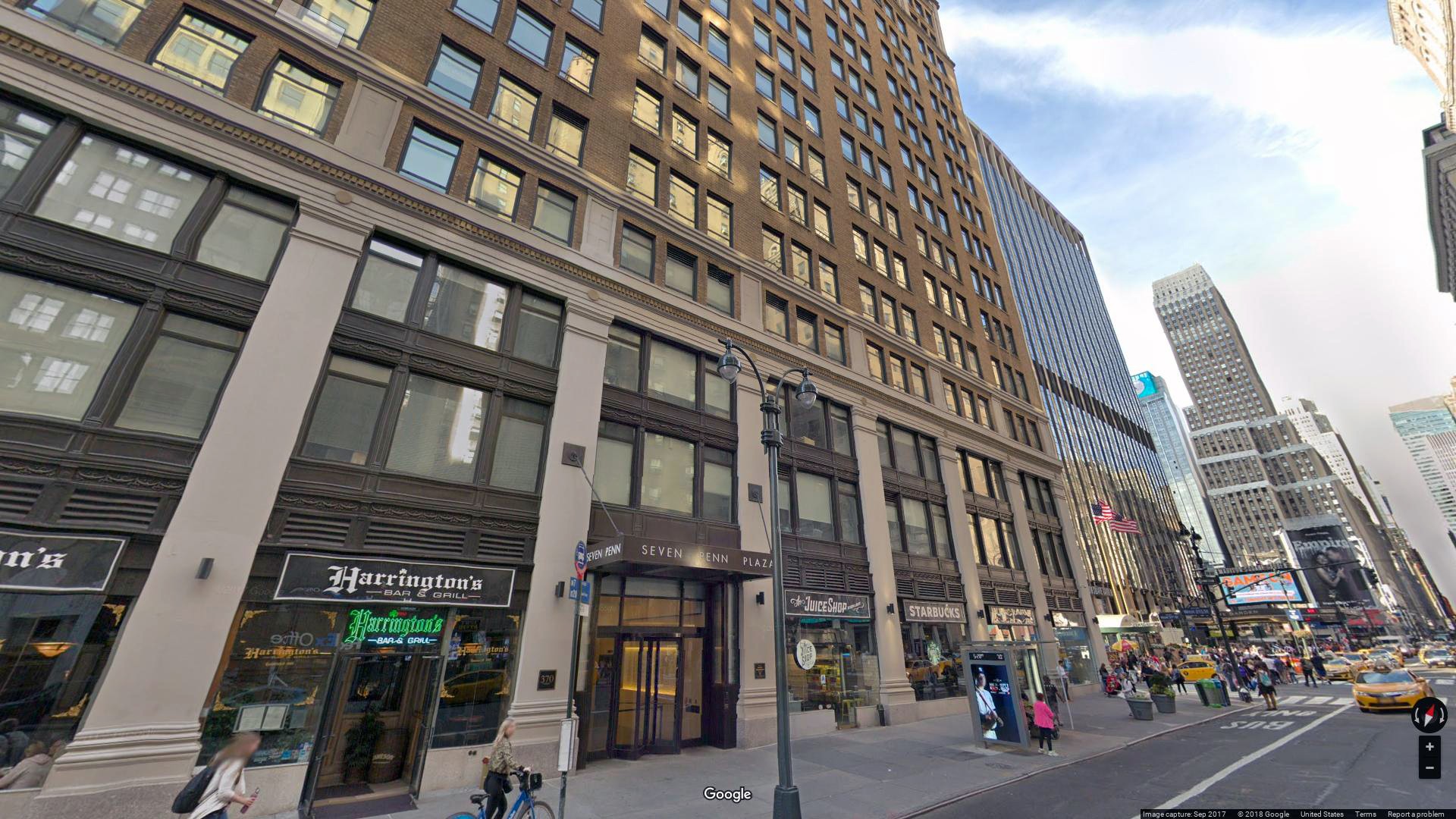1) Review Your Lease
The first step is to review the lease. Close attention should be paid to the following:
- What is the total square footage?
- How much time is left on the lease?
- What are the restrictions to subleasing the space?
- Is advertising the space with an asking rent allowed?
- Can other tenants in the building sublease the space?
- How does the Landlord calculate Profit and Loss? What is the split of the profit between the Sublessor and the Landlord?
2) Pricing
Many factors are included when pricing out space:
Market
- What is the volume of space available in the market?
- How much space was leased in the last quarter and the year?
- What is the vacancy rate and availability? What way is it trending?
- What are the area’s average asking rents and concession packages?
- How many spaces were leased in the last quarter and in the last year that are of a comparable size range as the sublease space?
- What is driving the activity in the area?
- What are the competitive spaces, and where will they complete deals (direct or sublease)?
- What spaces are available in the building and what are the terms on completed deals?
Spaces
What is the condition of the sublease space? Is it old or new?
How’s the layout? Who would be an ideal tenant for the space?
3) Cash Flow
The Broker will prepare different scenarios to see how it will impact the profit and loss from subleasing the space.
Is it better to divide the space? Is it better to sublease for a shorter term than your lease? Does the Sublessor lease the space on an “as is” basis with free rent, or does he/she offer work with a higher rent remember to include downtime, concession package (i.e., free rent), and marketing costs. rent? Some tenants are more concerned with the company’s cash flow, while others are more concerned with generally accepted accounting principles (i.e. public companies).
4) Create Marketing Materials
Marketing materials will need to be created for the sublease space.
Flyer
- Include pictures highlighting the best parts of the office building, the amenities, and the lobby.
- Include pictures highlighting the best parts of the sublease space (i.e., conference room, offices, reception area, and/or views).
- Include floor plans of the sublease space
- Create alternative test fits and/or test fits of space. (refer to Case Studies: Raj Swim “before and after” floor plan example)
- Create a 3D tour of space with Matterport.
Marketing Letter to Tenants & Brokers
In the marketing letter there should be a description of the sublease space including all features.
Email to Tenants or Brokers
1. An email system that tracks who opened the email and how many times it has been opened.
2. Be creative with the subject line. It needs to make the receiver want to open and read the email.
3. The email should clearly state all the business points.
4. It should clearly state all the features in the sublease space.
Marketing Boards
If available, a floor plan and pictures of the space should be included.
1. The following boards should be placed in a visible area in the sublease space:
2. A stacking plan of the tenants in the building.
3. A board showing all the facts of the building (i.e., HVAC, floor loads).
4. Floor plan of the sublease space and proposed test fits.
5. A list of neighborhood amenities, such as major tenants, retail, restaurants, and transportation hubs in the building/area.
5)List of Targets
The Broker should start creating targets (e.g., companies, brokers, and buildings) to send market materials to, and a call list should be created. The Broker will use databases such as CoStar, Zoom Info, Dun & Bradstreet, and others to create these lists.
6)Prepare the Space
The broker should coordinate with the Sublessor to gain access to the sublease space. A market board and copies of the flyers should be placed in the space for prospective tenants to view. The Broker should also know who to contact to see the space.
7)Campaign Begins
- Use exclusives with others to reach out to Brokers who have requirements in the area that fit the sublease space.
- List the space with Costar, LoopNet, and any other list programs.
- Send emails to tenants in their industry.
- An email blast should be sent to listing departments.
- The broker’s team should start canvassing buildings.
- Advertise on Facebook or Instagram.
8)Analyze Data and Report
- After every showing, follow up with the Broker or tenant to find out what they thought of the sublease space.
- Analyze who clicked on the email. This could be either a Broker or tenant. Typically, Constant Contact or any emailing program will allow you to see how many times they clicked on your email.
- See if any spaces you deemed competitive were leased and find out the terms.
- Find out if any transactions were completed in the area.
- Have any new spaces that compete with the sublease space become available?
Gathering all of this information on a bi-weekly basis will help change or confirm the marketing strategy and pricing.
9)Offer Stage
Once an offer is received, the Broker needs to find out what motivated the tenant to make the offer and what type of business they operate. Next, a matrix comparing their offer to the Sublessor’s offer will be created. A cash flow analysis will be prepared to evaluate each offer against the others. After terms have been agreed upon, a term sheet will be issued.
10)Leases Stage
In this stage, the Broker will work with the Sublessor’s and the tenant’s lawyers to resolve all legal issues and any other issues that occur. The broker will also contact the Landlord to give notice of the terms and conditions of the Sublease, allowing time to address any issues that may arise.
11)Landlord’s Consent
Broker will work with the Landlord and its agent to get consent.







